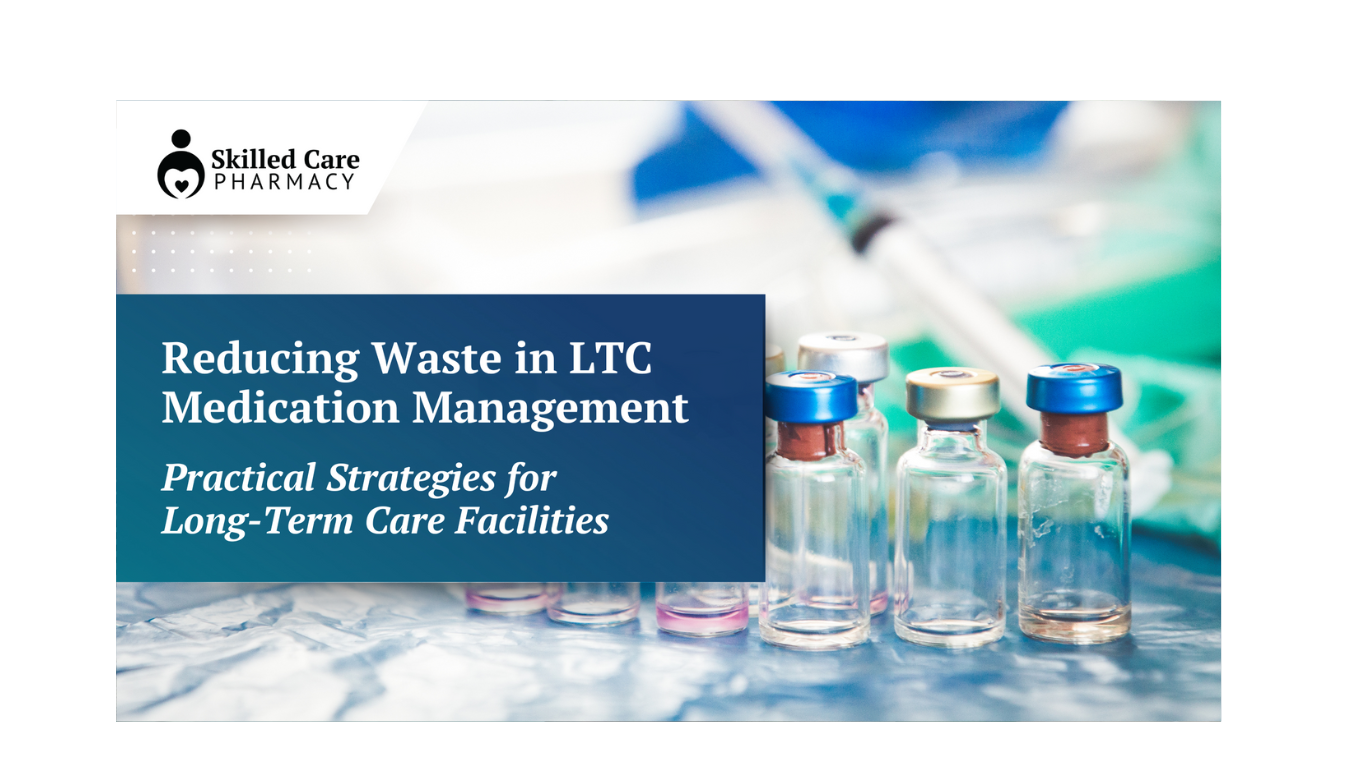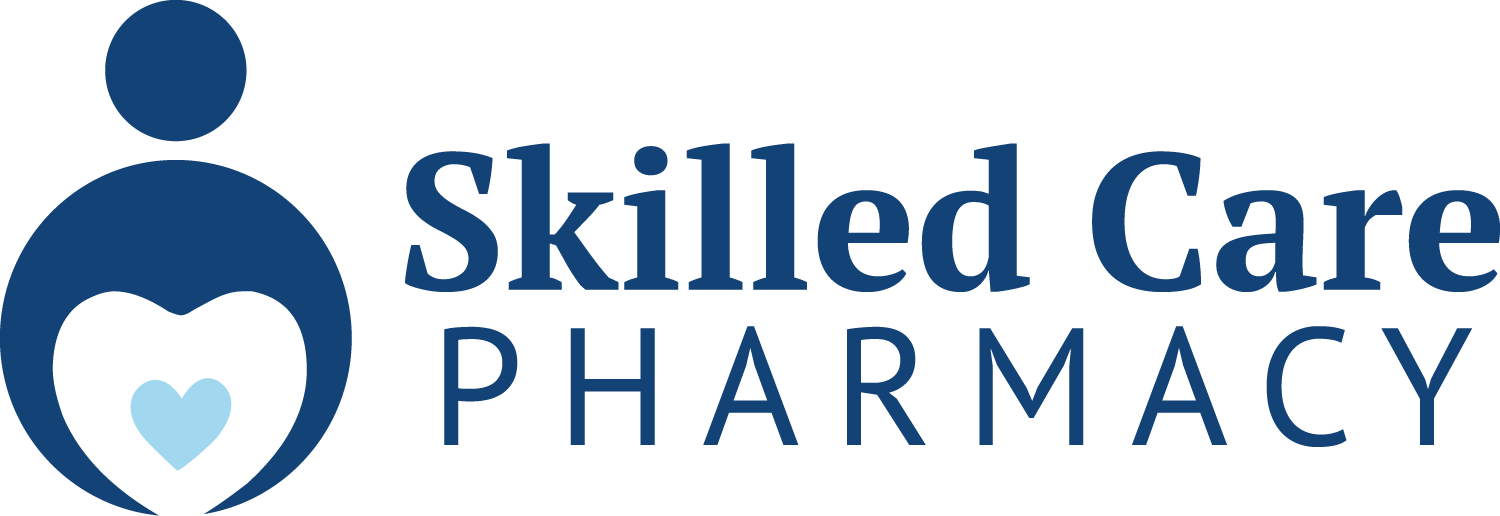Ensuring medication safety in long-term care is crucial for resident well-being. Discover best practices and strategies to reduce medication errors and improve care outcomes.
Medication errors are a significant concern in long-term care facilities, where residents often have complex medical needs and are on multiple medications. These errors can have serious consequences, including adverse drug reactions, hospitalizations, and even fatalities. Ensuring medication safety in long-term care requires a multifaceted approach that includes best practices, effective strategies, and a commitment to continuous improvement.
In this blog post, we’ll explore the common causes of medication errors in long-term care and discuss the best practices and strategies that can help reduce these risks, ensuring better outcomes for residents.
Understanding Medication Errors in Long-Term Care
Medication errors can occur at any stage of the medication management process, from prescribing and dispensing to administration and monitoring. In long-term care settings, the risk of errors is heightened due to the complexity of residents' medical conditions and the need for coordinated care among multiple healthcare providers.
Common Types of Medication Errors:
- Prescription Errors: Incorrect medication, dosage, or instructions given at the prescribing stage.
- Dispensing Errors: Mistakes made during the preparation and distribution of medications.
- Administration Errors: Errors that occur when administering medications, such as giving the wrong dose or administering it at the wrong time.
- Monitoring Errors: Failing to properly monitor a resident’s response to medication, which can lead to adverse outcomes.
Impact of Medication Errors:
- Resident Health: Medication errors can lead to serious health complications, including adverse drug reactions, deterioration of medical conditions, and in severe cases, death.
- Healthcare Costs: The financial burden of medication errors includes increased hospitalizations, additional treatments, and legal liabilities.
- Facility Reputation: Frequent medication errors can damage a facility’s reputation, affecting trust with residents and their families.
Best Practices for Reducing Medication Errors
Reducing medication errors in long-term care requires a proactive approach that involves multiple stakeholders, from healthcare providers to pharmacy staff. Here are some of the best practices that can help minimize the risk of errors:
1. Implementing Comprehensive Staff Training
- Ongoing Education: Regular training sessions for staff on medication safety protocols, including the correct procedures for prescribing, dispensing, and administering medications.
- Simulation-Based Training: Using simulation exercises to train staff in handling real-life scenarios involving medication management, which helps reinforce best practices.
2. Utilizing Technology for Medication Management
- Electronic Medication Administration Records (eMAR): Implementing eMAR systems can significantly reduce the risk of human error by providing real-time tracking of medication administration.
- Automated Dispensing Systems (ADS): ADS ensure accurate dispensing of medications, reducing the chances of dosage errors or incorrect medications being given.
3. Standardizing Procedures and Protocols
- Medication Reconciliation: A standardized process for comparing a resident’s medication orders with the medications they are actually taking, to ensure accuracy and consistency.
- Double-Check Systems: Requiring two healthcare professionals to verify medications before they are administered to residents, particularly for high-risk medications.
4. Enhancing Communication and Collaboration
- Interdisciplinary Team Meetings: Regular meetings involving pharmacists, nurses, physicians, and other care providers to discuss resident medication plans and address any concerns.
- Clear Documentation: Ensuring that all medication-related communications are clearly documented and accessible to all relevant staff members.
Strategies for Continuous Improvement
Even with the best practices in place, continuous improvement is essential for maintaining high standards of medication safety in long-term care. Here are some strategies to consider:
1. Conducting Regular Audits
- Medication Safety Audits: Regularly auditing medication management processes to identify potential areas for improvement and ensure compliance with safety protocols.
- Feedback Loops: Establishing mechanisms for staff to provide feedback on medication safety practices and suggest improvements.
2. Fostering a Culture of Safety
- Non-Punitive Reporting Systems: Encouraging staff to report medication errors or near-misses without fear of punishment, to help identify and address systemic issues.
- Safety Champions: Designating staff members as safety champions to promote and oversee medication safety initiatives within the facility.
3. Engaging Residents and Families
- Resident Education: Providing residents and their families with information about their medications, including potential side effects and the importance of adherence.
- Involving Families in Care Plans: Encouraging family members to participate in care planning and decision-making, which can help ensure medications are managed appropriately.
Conclusion
Reducing medication errors in long-term care is a continuous process that requires vigilance, collaboration, and the adoption of best practices. By implementing comprehensive staff training, utilizing advanced technology, standardizing procedures, and fostering a culture of safety, long-term care facilities can significantly reduce the risk of medication errors and improve resident outcomes.
For more insights on improving medication safety and other best practices in long-term care, visit our Resource Center and stay informed with the latest industry updates and tools.




